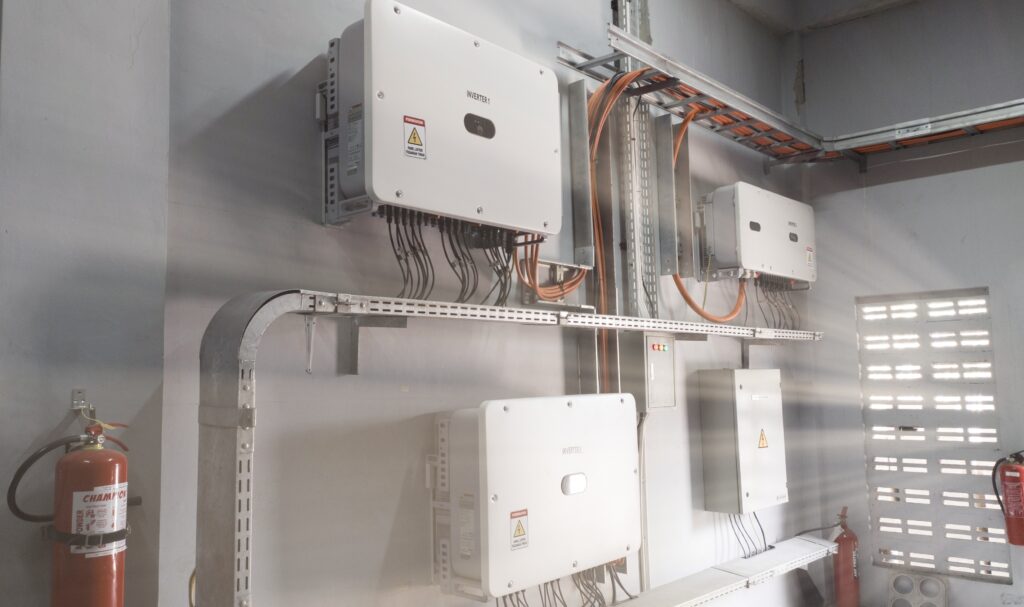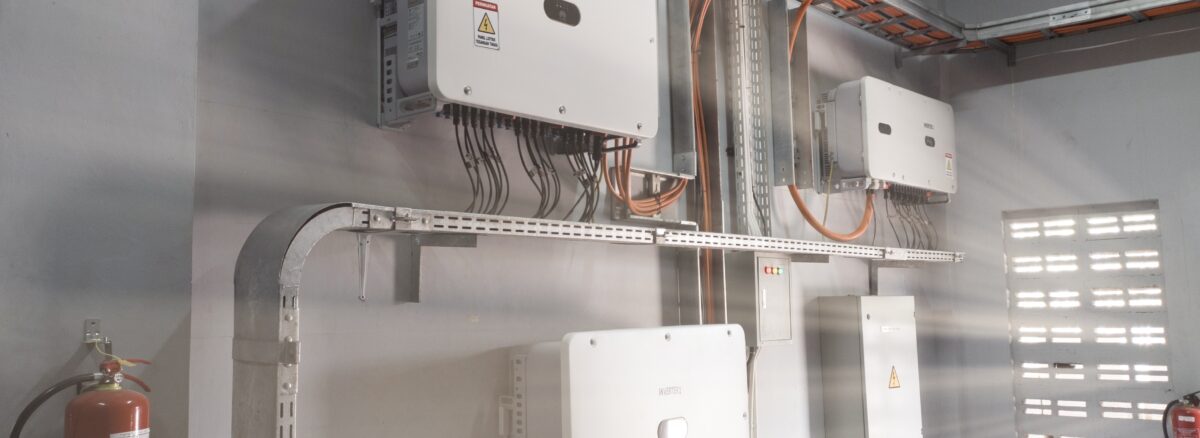- 29 February, 2024
- Francisco Gallego
- Comment: 0
- News

FUTURES TRENDS IN PHOTOVOLTAIC INVESTORS
In recent years, the emergence of string inverters has marked a significant milestone in the paradigm of photovoltaic generation plant design. This radical shift has displaced the traditional philosophy focused on the conversion of direct current to alternating current and the transformation of voltage at large transformation centers towards a more decentralized and efficient model.
This new approach involves segmenting alternating current generation through small inverters, which channel energy to specialized transformation centers. Here, only the voltage elevation to suitable levels for efficient transport takes place. This paradigm shift not only optimizes system efficiency but also introduces greater flexibility and modularity in the configuration of photovoltaic installations.

The key advantages offered by string inverters compared to central inverter-based solutions are numerous and noteworthy:
- Greater scalability: Facilitates design adjustments for increasing or decreasing power seamlessly, adapting to available surface area, and aligning with installed DC power.
- Higher efficiency: With multi mppt inputs, approximately two strings per mppt, enhanced efficiency is achieved in the production of each string. Separating strings into different mppt reduces losses related to voltage variations, optimizing production even under uneven irradiation conditions.
- Ease of transport: Thanks to their smaller size, installation and transport become more practical and efficient.
- Integrated communications: These devices typically incorporate communication between string inverters and transformation centers through the power circuit itself, eliminating the need for an additional communication circuit. Multiple mppt inputs enable precise monitoring of the installation’s operation, facilitating fault detection and string-specific status monitoring.
- Fuseless design: The maximum grouping of two strings per mppt input reduces the risk of overcurrent, minimizing potential damage to equipment or wiring, simplifying the installation’s operation and maintenance.
- Reduced plant unavailability: In comparison to central inverters, the unavailability of a string inverter affects only a limited percentage of the total production of the installation, providing greater operational resilience.
This detailed exploration emphasizes how string inverters not only represent technological evolution but also offer practical and efficient solutions in the design and operation of modern photovoltaic plants.
Made by Jose Calurano (EICA Design Engineer)

